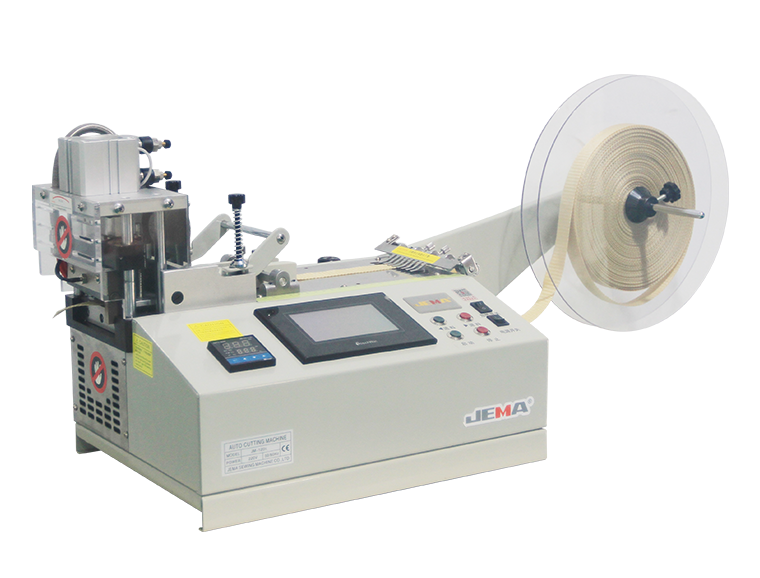Analyzing Factors That Cause Deviation and Uneven Cuts in Elastic Tape Cutting Machine

The performance of an Elastic Tape Cutting Machine under high-speed operations is critical for ensuring both precision and uniformity, especially when processing tapes of varying widths and thicknesses. As production speed increases, several factors can contribute to deviations or inconsistent cuts, including material tension, blade dynamics, and feeding mechanisms. Maintaining accuracy at high speeds requires careful consideration of machine design, operational parameters, and material properties.
One key factor affecting high-speed cutting is the stability of tape feeding. Wider tapes are particularly susceptible to lateral shifts or misalignment when moving rapidly through the machine. If the tape is not properly guided or supported, even minor deviations can result in uneven cuts or inconsistent segment lengths. Similarly, tapes of different thicknesses respond differently to tension and feeding forces. Thicker tapes require higher cutting pressure, and insufficient force can cause fraying or partial cutting, while thinner tapes may stretch or slip if tension is not controlled precisely.
Blade performance is another critical element. High-speed operations increase the mechanical load on cutting blades, potentially causing vibrations, wear, or slight deflections. These issues can directly affect cutting uniformity and edge quality. Regular blade maintenance, precise alignment, and selection of materials with suitable hardness are necessary to minimize these effects. Some advanced machines incorporate adjustable blade tension and automated positioning to maintain consistent cutting performance even at elevated speeds.
Synchronization between the feeding mechanism and the cutting blade is also essential. At high speeds, even small discrepancies between feed rate and blade movement can cause overlaps, gaps, or length variations in tape segments. Machines equipped with sensors and digital control systems can monitor material flow, detect deviations, and automatically adjust feed or cutting parameters in real time, ensuring consistent results across tapes of different widths and thicknesses.
Thermal and mechanical stress induced during rapid cutting can also influence precision. Friction between the tape and guiding rollers or blade heat buildup may slightly deform the material, affecting cut quality. Using low-friction rollers, optimized blade materials, and proper cooling or lubrication helps mitigate these risks, allowing high-speed production without compromising uniformity.
In conclusion, while high-speed operation of an Elastic Tape Cutting Machine can introduce risks of deviation and uneven cuts, these issues can be effectively managed through precise tape feeding, appropriate blade selection and maintenance, synchronized mechanisms, and real-time process control. By addressing these factors, manufacturers can achieve accurate, uniform cutting of tapes with varying widths and thicknesses, maintaining both quality and production efficiency under demanding operational conditions.
Cutting length (mm): 20-9999
Maximum cutting width (mm):100
Cutting speed (p/min):100
maximum temperature ( °C ): 420
Voltage (v): 110/220
Frequency (Hz): 50/60
Rated power (kW): 0.66
Package size L × w ×H )(mm):560 × 420 × 405
Weight (kg): 24/29
Packing rate (sets): 1
- Art
- Causes
- Crafts
- Dance
- Drinks
- Film
- Fitness
- Food
- Игры
- Gardening
- Health
- Главная
- Literature
- Music
- Networking
- Другое
- Party
- Religion
- Shopping
- Sports
- Theater
- Wellness


